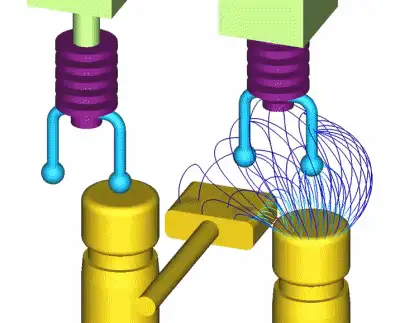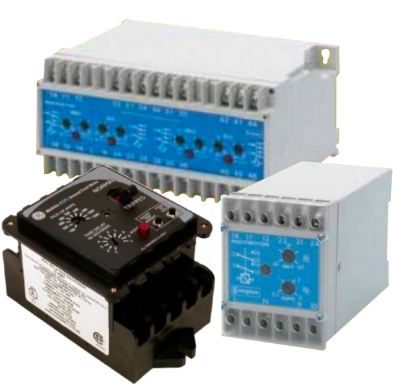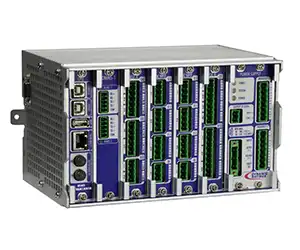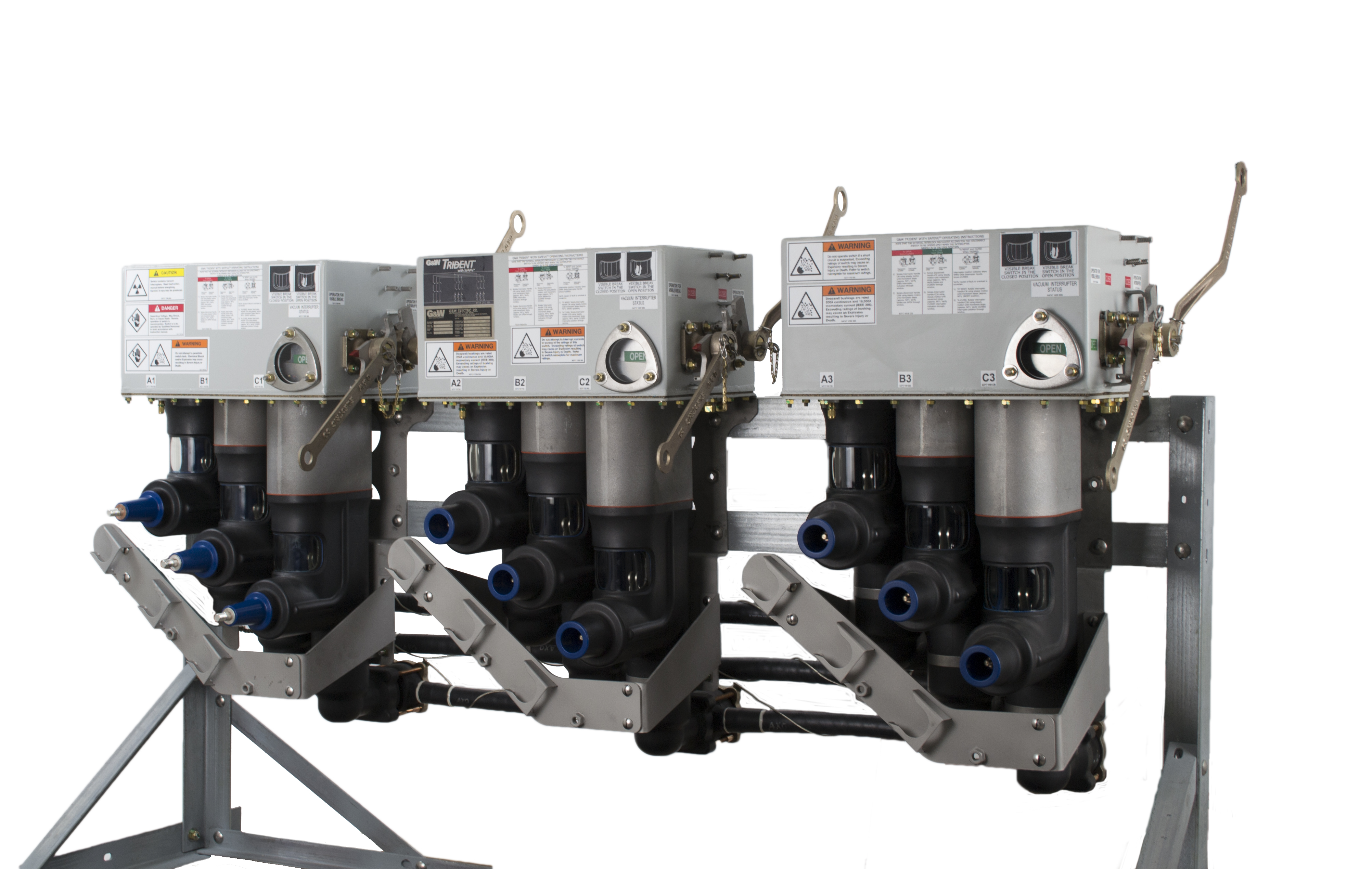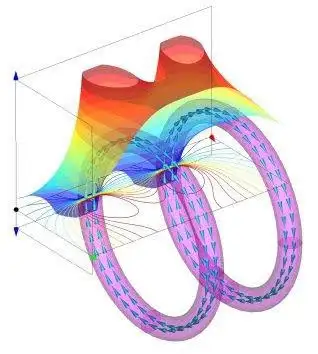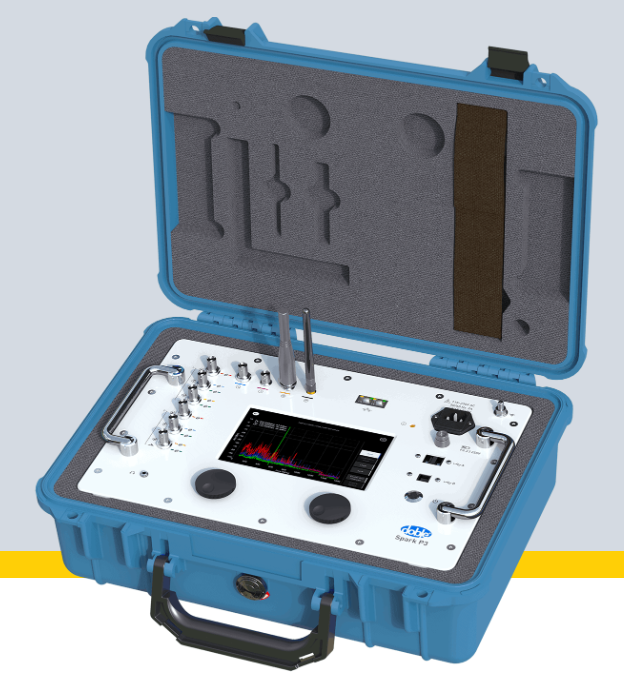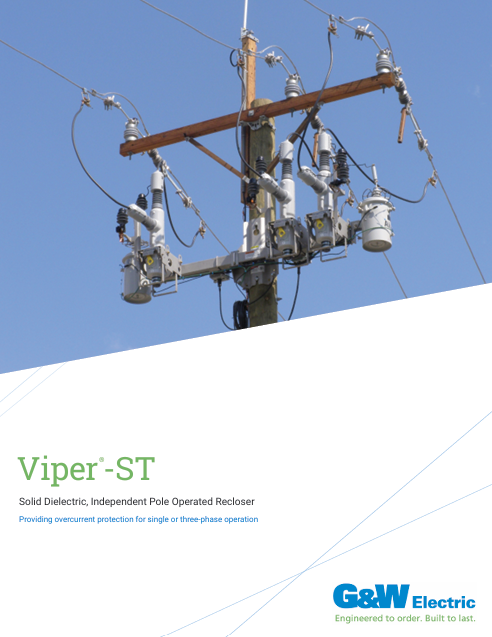Grounding Transformers
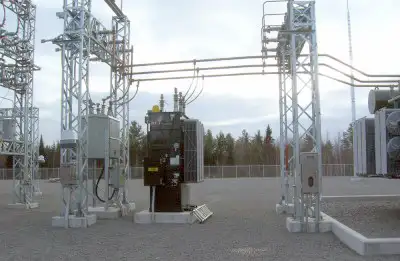
Grounding transformers is a critical aspect of electrical power systems, providing safety, stability, and protection against faults. This article explores the purpose, methods, effects on fault management, standards, and potential issues related to grounding transformers, ensuring a comprehensive understanding of this vital practice.
What is the Purpose of Grounding a Transformer?
Grounding a transformer serves several essential purposes:
- Safety: It provides a path to ground, preventing electric shocks and reducing the risk of fire during faults.
- System Stability: It stabilizes the voltage during normal operation and faults, particularly in high voltage power systems.
- Fault Protection: Grounding aids in the detection and isolation of faults, minimizing damage to electrical equipment.
What are the Different Methods of Grounding Transformers?
Several methods are used to ground transformers, each with specific applications and benefits:
- Solid Grounding: Directly connects the neutral point to the ground, providing a low impedance path for fault currents.
- Resistive Grounding: Introduces a resistor between the neutral point and ground to limit fault current, reducing potential damage during faults.
- Reactance Grounding: Uses a reactor to limit fault currents, beneficial in systems with high fault levels.
- Ungrounded Wye: No intentional ground connection, allowing continuous operation under a single line-to-ground fault but requiring careful monitoring.
- Zig Zag Transformer: Provides grounding for ungrounded or delta connected systems, offering a path for fault currents and maintaining the system neutral.
How Does Grounding Affect Fault Management in Electrical Systems?
Proper grounding significantly impacts fault management by:
- Detecting Faults: Enabling protective devices to identify and isolate ground faults, preventing extensive damage.
- Reducing Damage: Limiting the current during line to ground faults, protecting equipment from high temperatures and short circuits.
- Enhancing Safety: Ensuring a clear path to ground, reducing the risk of electric shocks and restriking ground faults.
What Standards and Regulations Apply to Grounding Transformers?
Several standards and regulations govern the grounding of transformers, ensuring safe and effective practices:
- National Electrical Code (NEC): Provides guidelines for grounding electrical equipment and systems.
- IEEE Standards: Offer detailed grounding practices for different types of electrical installations.
- IEC Standards: International standards specifying grounding methods and safety requirements.
What Common Problems Can Arise from Improper Grounding of Transformers?
Improper grounding can lead to several issues, including:
- Ground Loops: Unintentional multiple paths to ground causing interference and equipment malfunction.
- Inadequate Fault Current Paths: High impedance paths preventing effective fault current flow, compromising protective device operation.
- Maintenance Challenges: Difficulty in maintaining the system neutral and identifying grounding points, leading to potential safety hazards.
What Happens if a Transformer is Not Grounded?
If a transformer is not grounded, several problems can occur:
- Safety Risks: Increased risk of electric shock and fire hazards due to uncontrolled fault currents.
- Equipment Damage: Potential for extensive damage to electrical equipment during ground faults.
- Operational Instability: Voltage fluctuations and instability in the power systems, leading to unreliable operation.
How Should Transformers be Grounded?
Transformers should be grounded following these best practices:
- Identify the Neutral Point: Connect the neutral point of the secondary winding to the ground.
- Use Appropriate Conductors: Ensure grounding conductors are of adequate size and material to handle fault currents.
- Ensure a Clear Path: Establish clear and direct paths to ground, minimizing impedance.
- Compliance: Adhere to standards and regulations, such as NEC and IEEE, to ensure safe and effective grounding.
What is the Ground Fault of a Transformer?
A ground fault occurs when there is an unintentional connection between an energized conductor and the ground or a grounded conductor. In transformers, ground faults can happen due to insulation failure, physical damage, or improper installation. These faults create a path to ground, causing a short circuit and leading to high fault currents. Proper grounding practices help in managing and isolating ground faults, ensuring the safety and stability of the power system.
Grounding transformers is a vital practice in ensuring the safety, stability, and reliability of electrical power systems. By understanding the purpose, methods, and effects on fault management, and adhering to standards and best practices, engineers can effectively manage and mitigate the risks associated with ground faults. Proper grounding not only protects equipment and personnel but also enhances the overall performance and reliability of the electrical system.
On-Site Training
Interested in cost effective, professional on-site electrical training?
We can present an Electrical Training Course to your electrical engineering and maintenance staff, on your premises, tailored to your specific equipment and requirements. Click on the link below to request a Free quotation.
EF PARTNER MEDIA
Videos
Product Showcases
Shared Media














